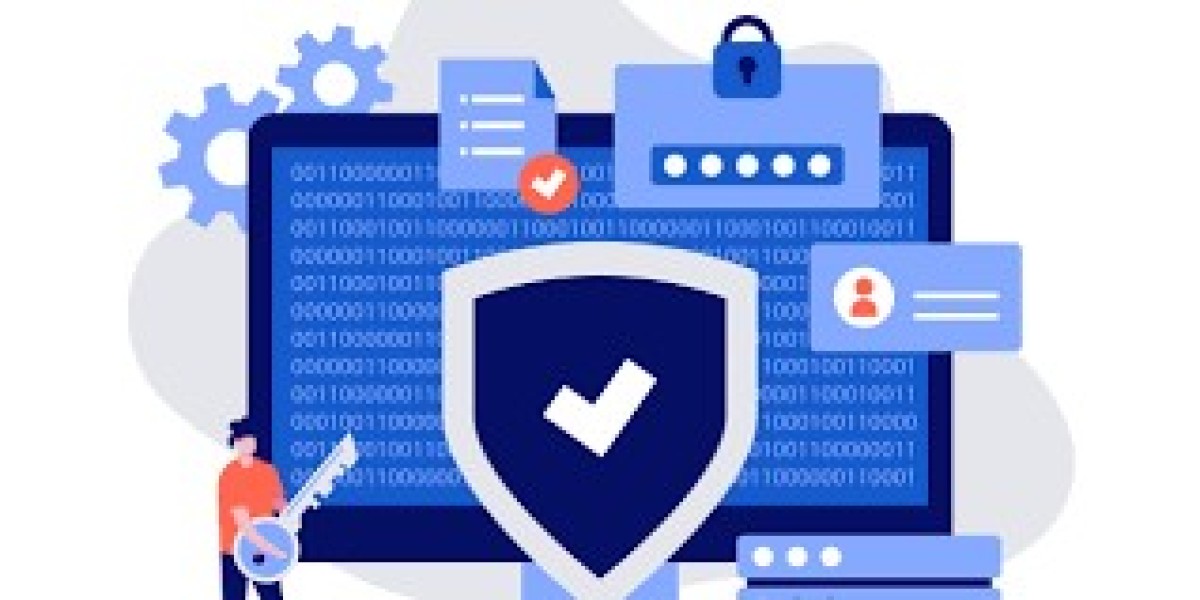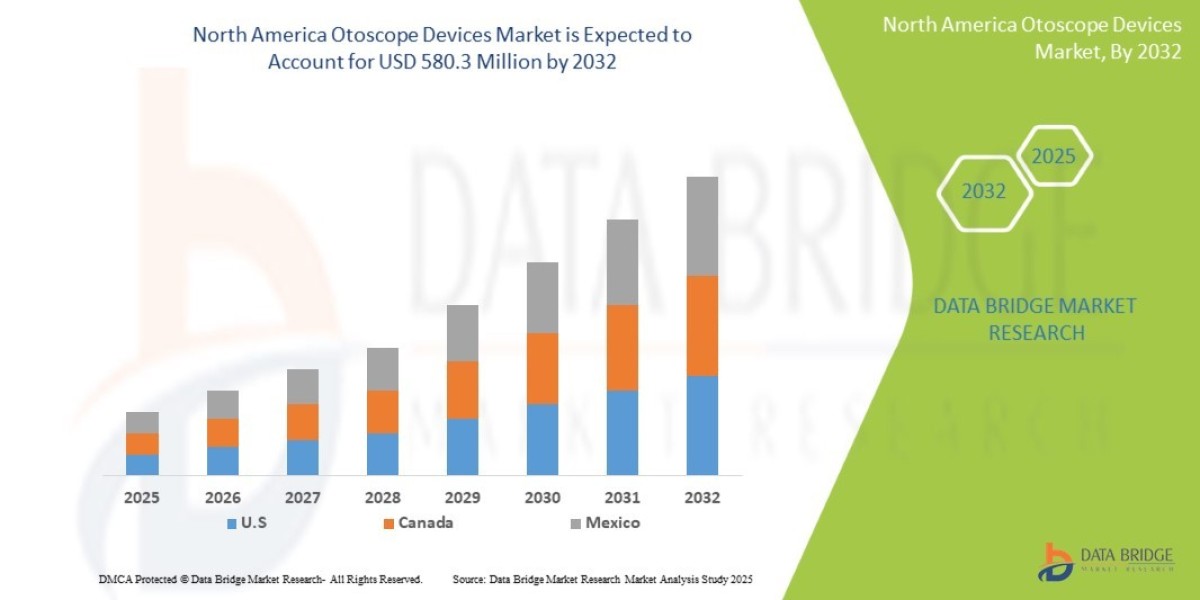As businesses continue to migrate workloads, data, and applications to the cloud, security remains one of the biggest concerns. The dynamic threat landscape, evolving compliance requirements, and increased reliance on remote and hybrid work models have made cloud security more complex than ever. For organizations in the UAE, addressing these risks is not just a matter of compliance it’s essential for operational resilience. Partnering with trusted Cyber Security Services Dubai providers can help enterprises strengthen their cloud defenses and stay ahead of emerging threats in 2025.
1. Increasing Complexity of Multi-Cloud Environments
Enterprises are increasingly adopting multi-cloud strategies to balance performance, cost, and vendor reliability. However, managing multiple cloud platforms often leads to fragmented visibility, inconsistent security policies, and misconfigurations. These gaps create opportunities for attackers to exploit weak points across environments.
How to Overcome It:
Organizations should implement centralized security management and automated policy enforcement across all cloud platforms. Using unified dashboards and cloud-native tools like Microsoft Defender for Cloud or AWS Security Hub helps maintain visibility and ensures consistent protection.
2. Data Breaches and Misconfigurations
Cloud misconfigurations remain a leading cause of data breaches worldwide. Mismanaged access controls, open storage buckets, and weak encryption practices can expose sensitive enterprise data to unauthorized access. As more organizations adopt Infrastructure as Code (IaC), even small configuration errors can lead to massive security vulnerabilities.
Solution:
Regular audits, automated configuration scanning, and strong encryption standards are essential. Adopting the shared responsibility model ensures that both cloud providers and customers uphold security best practices. Enterprises can also benefit from Cloud Security Consulting Services Dubai to assess risks, implement compliance frameworks, and optimize their cloud posture.
3. Evolving Threats: Ransomware and Supply Chain Attacks
Cybercriminals are becoming more sophisticated, leveraging AI-driven attacks and exploiting third-party integrations. Ransomware-as-a-Service (RaaS) has made it easier for even unskilled attackers to compromise enterprise systems, often through phishing or compromised APIs.
How to Overcome It:
Adopt a Zero Trust Architecture (ZTA) where every user, device, and application is continuously verified. Implement multi-factor authentication (MFA), endpoint protection, and continuous monitoring. Additionally, incident response and backup recovery plans should be routinely tested to ensure business continuity.
4. Compliance and Data Sovereignty Challenges
Regulatory frameworks such as GDPR, UAE’s PDPL (Personal Data Protection Law), and industry-specific standards like HIPAA are continually evolving. Cloud environments make compliance more challenging since data may reside across multiple jurisdictions.
Solution:
Businesses should choose cloud providers that offer strong compliance certifications and localized data centers. Data classification, encryption, and audit trails are vital for maintaining accountability. Establishing a governance framework ensures ongoing compliance with both local and global standards.
5. Identity and Access Management (IAM) Gaps
With a growing number of users, devices, and cloud services, managing identity securely is one of the most pressing challenges. Weak credentials, excessive privileges, and lack of visibility over user access increase the risk of insider threats and unauthorized breaches.
How to Overcome It:
Implement centralized IAM solutions with least-privilege access, MFA, and role-based policies. Integrating Single Sign-On Services Dubai enables users to securely access multiple cloud applications through one set of credentials, reducing password fatigue and improving compliance.
6. Insider Threats and Human Error
Not all threats come from the outside employees with access to sensitive systems can unintentionally or maliciously compromise data. Human errors like sharing credentials or mishandling files can lead to breaches that are difficult to detect.
Solution:
Enhance user awareness through regular security training, implement activity monitoring, and employ behavior analytics to detect anomalies early. Automating alerts for suspicious actions ensures timely response and minimizes risk exposure.
7. Lack of Visibility and Continuous Monitoring
One of the biggest challenges in 2025 is maintaining full visibility into dynamic, hybrid environments. Traditional security tools are not designed for cloud-native architectures, leading to blind spots that attackers exploit.
How to Overcome It:
Adopt advanced monitoring solutions using AI and machine learning to detect threats in real time. Integrate SIEM (Security Information and Event Management) systems and threat intelligence feeds to gain holistic insight into your environment. Proactive monitoring ensures rapid detection and response to security incidents.
Conclusion
Cloud adoption brings agility, scalability, and innovation but without a robust security foundation, it also introduces significant risks. To thrive in 2025’s digital landscape, organizations must embrace continuous monitoring, Zero Trust frameworks, and identity-driven protection models. Partnering with experienced cybersecurity specialists like SK Technology ensures you have the expertise, tools, and proactive defense needed to safeguard your cloud environment and maintain regulatory compliance in the UAE and beyond.








